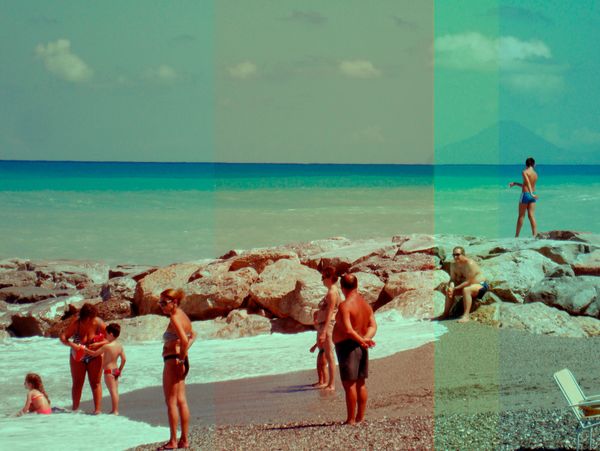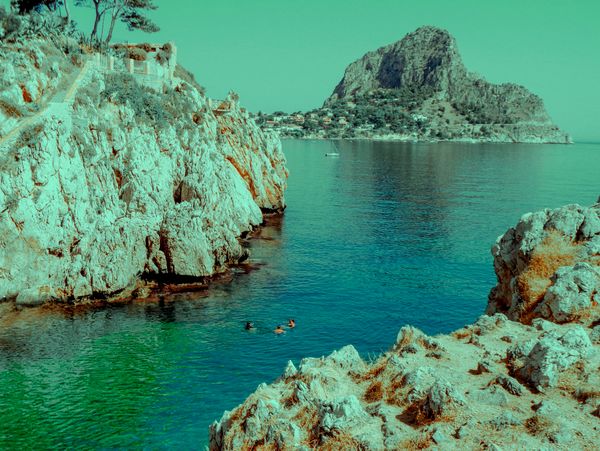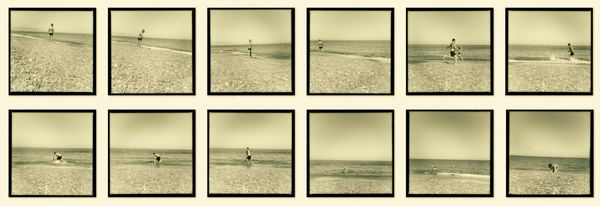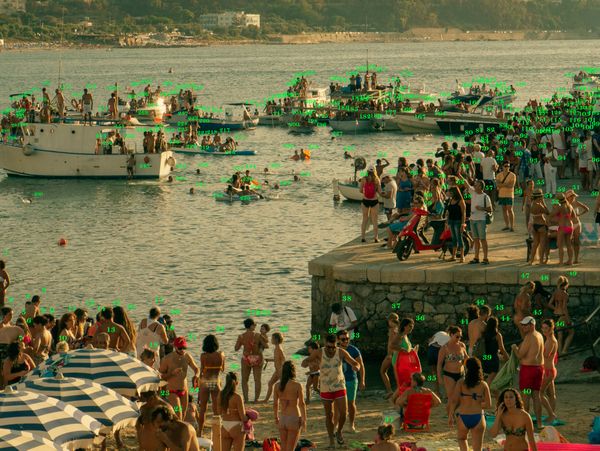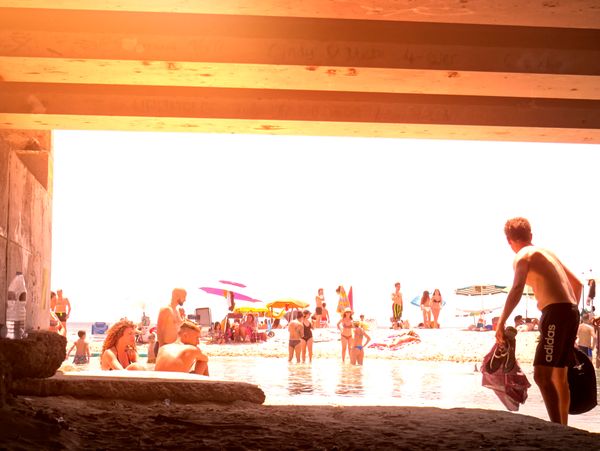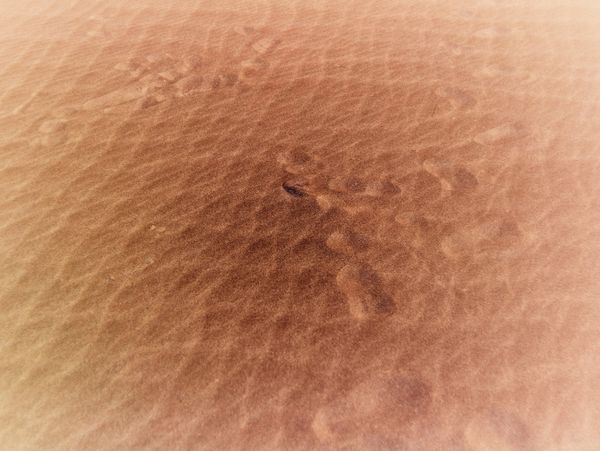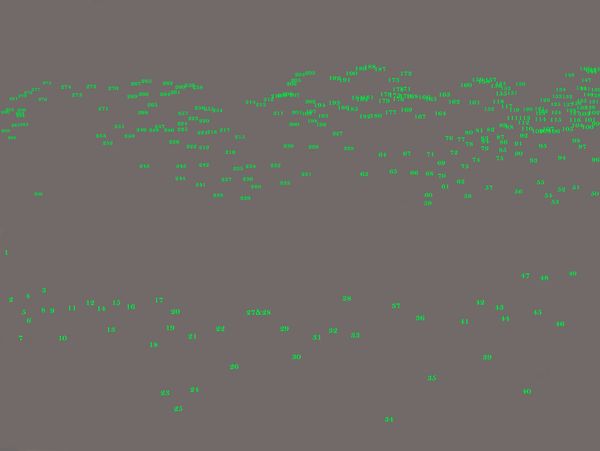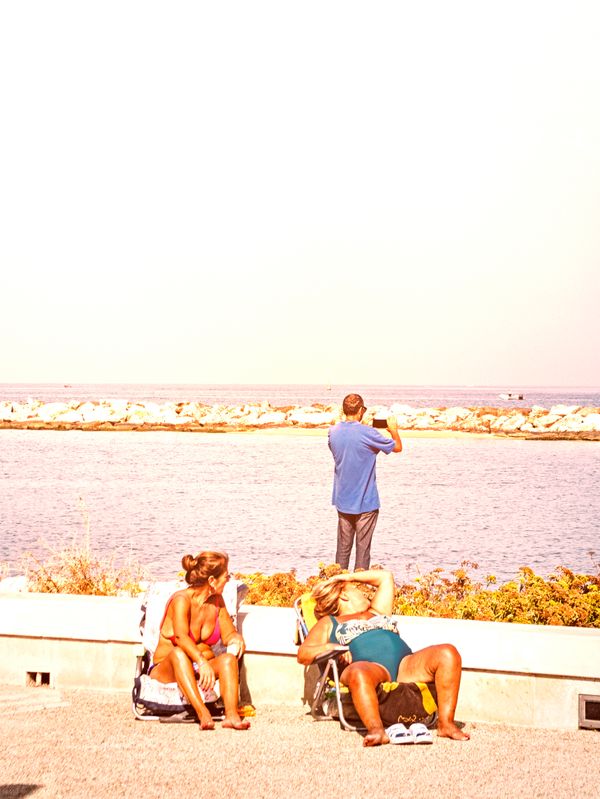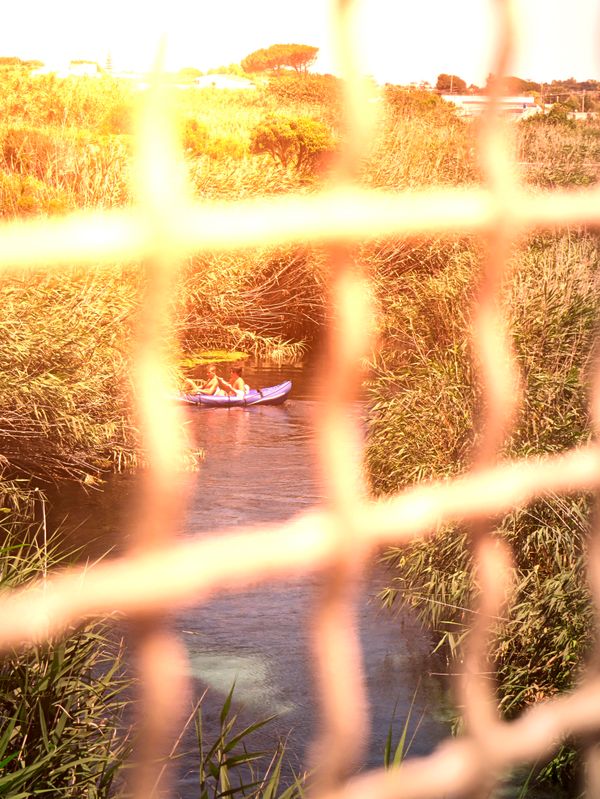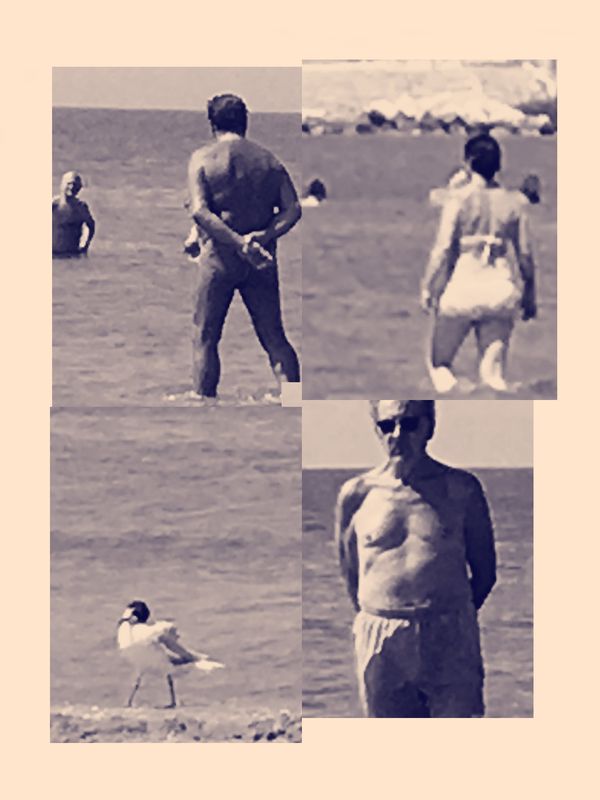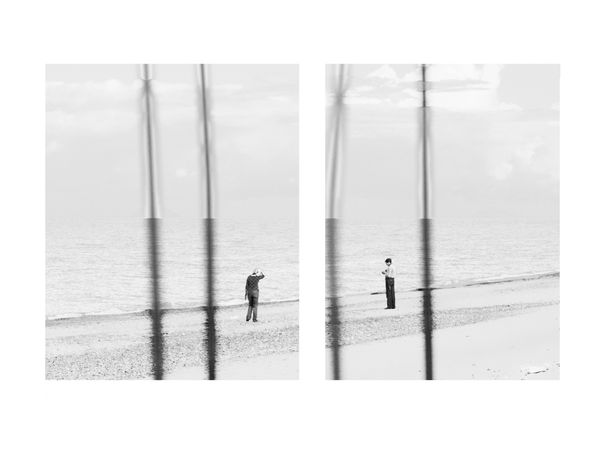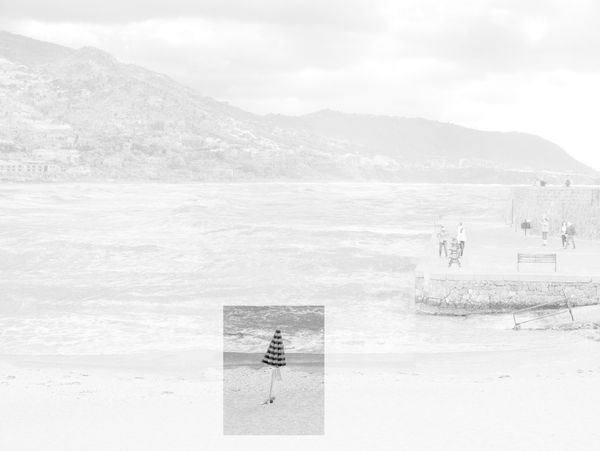Concessione balneare
-
Dates2012 - Ongoing
-
Author
- Topics Contemporary Issues, Daily Life, Documentary, Landscape, Nature & Environment, Social Issues, Street Photography
- Location Sicily, Italy
Every summer, the sea welcomes everyone. But every summer it becomes more fragile. And it silently questions us about how much we're willing to change our habits to leave it as it was. Or perhaps, if possible, a little better.
There's a specific moment, every year, when the sea changes face. It happens between late June and early July, when the sand is covered with towels, the umbrellas open in geometric rows, and the sound of the sea becomes an almost secondary background, drowned out by the chatter, the music played on a portable speaker, the noise of beach toys. At that moment, summer has officially begun.
The Italian coasts become a constant stream of arrivals, departures, selfies, and consumption. It's the effect of overtourism. For many, the sea is a right to be seized. And every summer, that right seems to have to be exercised all together, at the same time, in the same places.
But you only need to move a little—an hour before dawn, a few kilometers away—to discover another summer. There are those who seek the sea in silence, in solitude, in a dip at six in the morning when the water is still and the world hasn't yet begun to speak. There are those who walk along the shore waiting for the sunset, with a bottle of water and a book, unhurried. For some, the sea is still a refuge, not a spectacle. It's a pause, not a performance.
These two ways of experiencing summer—the crowd and the escape—coexist and alternate. Sometimes, they belong to the same person, on different days. But both leave traces. Because every human passage on the beach leaves a mark: a forgotten cigarette butt, an excessive noise, shoe prints in the sand. Even those who respectfully seek the sea end up, involuntarily, carrying with them a part of their own world, their own burden.
